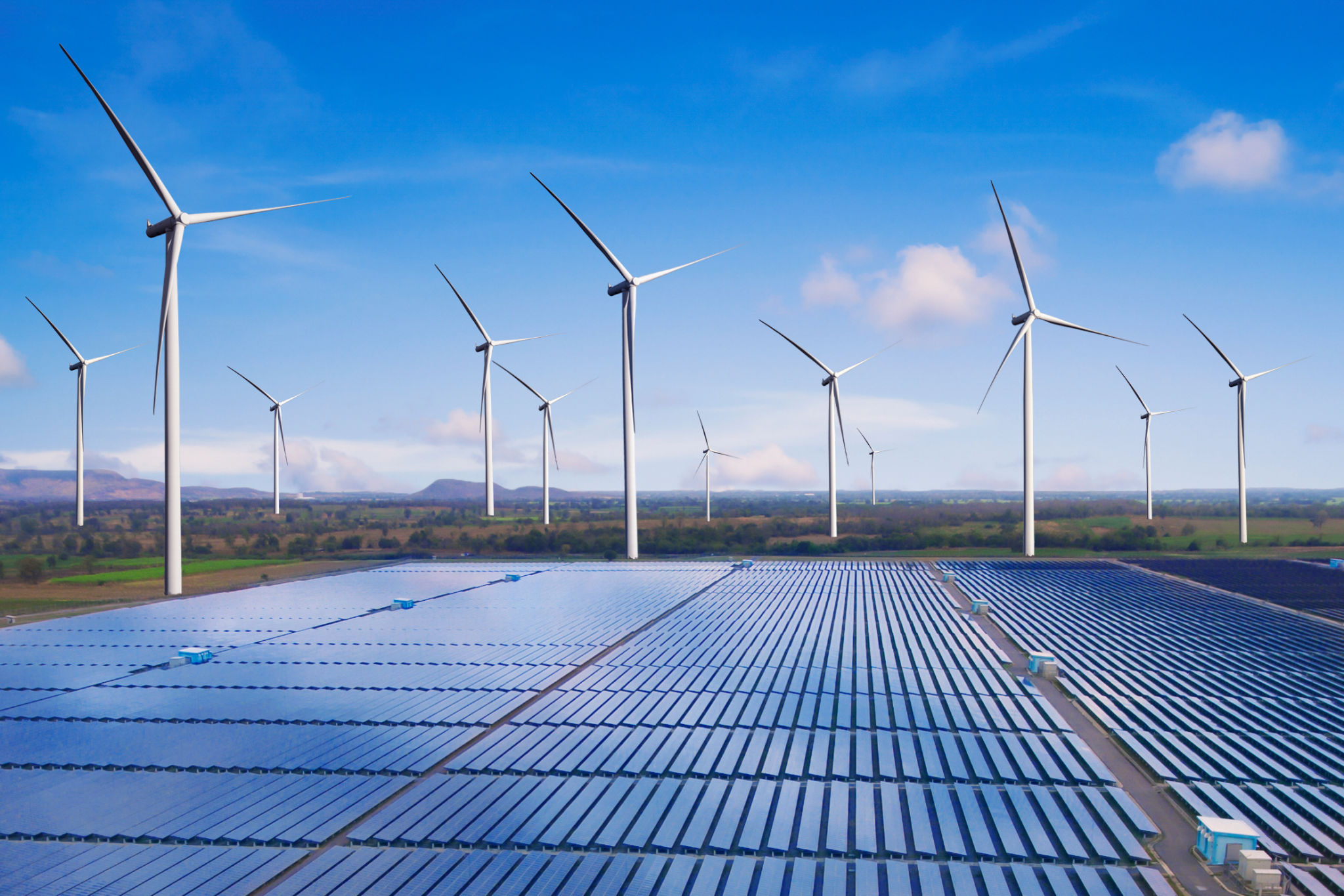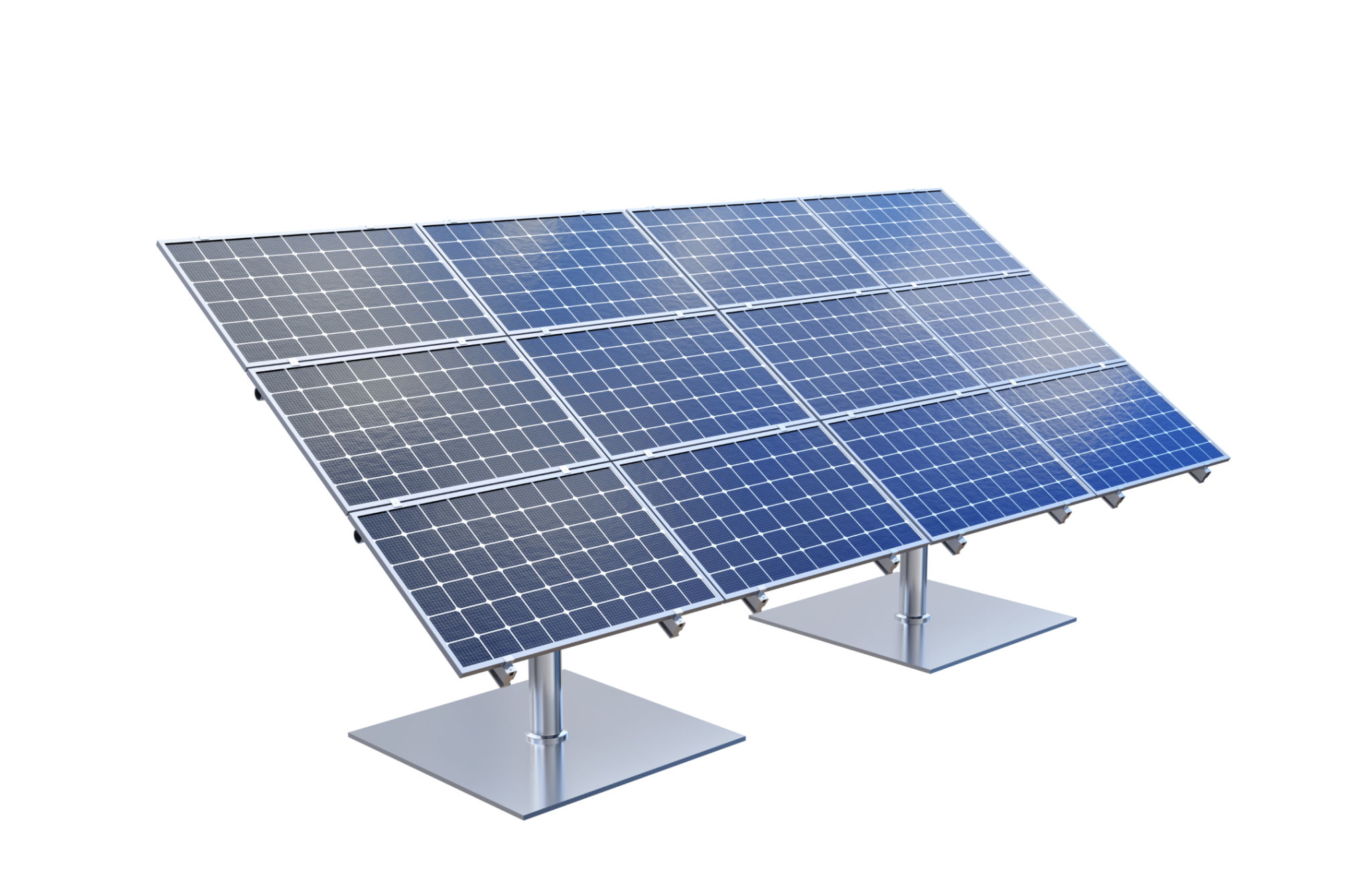Harnessing Drone Technology for Efficient Solar Farm Inspections
The Rise of Drone Technology in Solar Farm Inspections
As the demand for renewable energy sources continues to rise, solar farms have become a significant component of our global energy strategy. However, maintaining these expansive solar installations can be challenging. Traditional inspection methods are often time-consuming, labor-intensive, and costly. This is where drone technology steps in, offering a more efficient and effective solution for solar farm inspections.

Drones are revolutionizing the way solar farms are inspected by providing a bird's-eye view of large solar arrays. This vantage point allows technicians to quickly identify potential issues such as damaged panels, faulty connections, or shading problems that could reduce energy output. By harnessing drone technology, solar farm operators can improve the efficiency of their maintenance processes and ensure maximum energy production.
Advantages of Using Drones for Inspections
One of the most significant advantages of using drones for solar farm inspections is their ability to cover vast areas quickly. A drone equipped with high-resolution cameras and thermal imaging sensors can inspect hundreds of solar panels in a fraction of the time it would take a human inspector on foot. This rapid assessment capability not only saves time but also reduces labor costs significantly.
Moreover, drones can access hard-to-reach areas without the need for ladders or scaffolding, enhancing safety for inspection teams. The data collected by drones is highly accurate and can be used to create detailed maps or 3D models of the solar farm, providing valuable insights for maintenance and repair strategies.

Enhancing Data Collection and Analysis
The integration of drones with advanced data analytics tools has further enhanced their utility in solar farm inspections. Modern drones are equipped with software that can automatically detect anomalies and generate comprehensive reports. This capability allows operators to make informed decisions quickly, minimizing downtime and optimizing energy output.
Furthermore, the use of drones for regular inspections helps in predictive maintenance. By analyzing historical data collected from drone inspections, operators can anticipate potential failures before they occur. This proactive approach not only extends the lifespan of the equipment but also ensures a more reliable energy supply.

Environmental Impact and Sustainability
Incorporating drone technology into solar farm operations also aligns with sustainability goals. Drones consume less energy compared to traditional inspection vehicles, resulting in a smaller carbon footprint. Additionally, by ensuring that solar panels operate at peak efficiency, drones contribute to maximizing the clean energy output from solar farms.
The use of drones in solar farm inspections is a testament to how technology can enhance both operational efficiency and environmental stewardship. As drone technology continues to evolve, its application in renewable energy maintenance is expected to expand, offering even more innovative solutions for sustainable energy management.